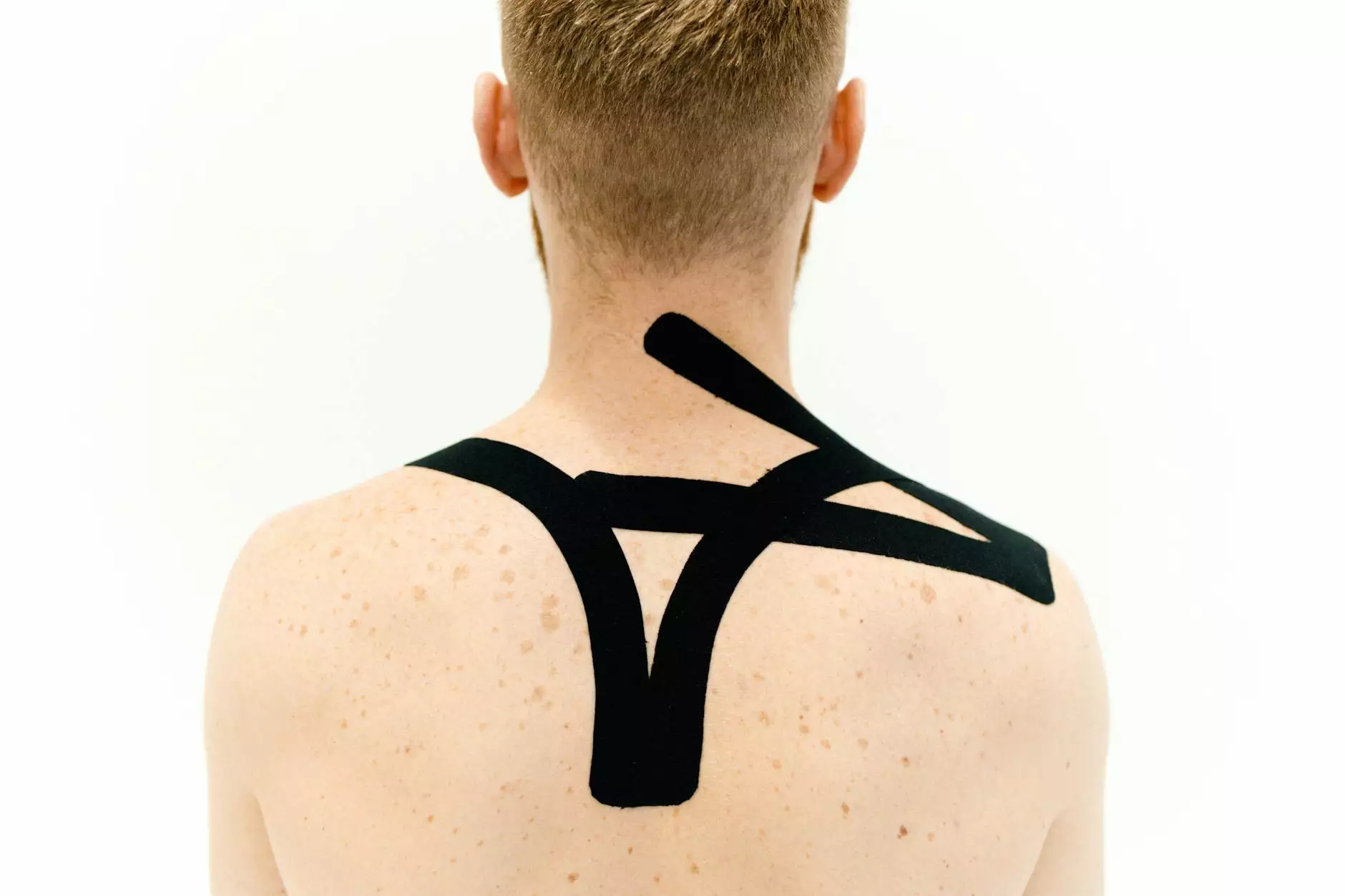Stasis Dermatitis Causes - Understanding and Treatment

As leading experts in vascular medicine, Truffles Vein Specialists are dedicated to providing comprehensive care for patients suffering from stasis dermatitis. In this article, we will explore the causes of this condition and discuss effective treatment options available to patients seeking relief. By gaining a deeper understanding of stasis dermatitis causes, you can better manage your symptoms and improve your overall quality of life.
What is Stasis Dermatitis?
Stasis dermatitis, also referred to as venous stasis dermatitis or gravitational eczema, is a skin condition that typically occurs as a result of poor venous circulation in the lower extremities. It commonly affects individuals with chronic venous insufficiency, a condition where the valves in the leg veins weaken or become damaged, leading to blood pooling or stasis.
When blood accumulates or pools in the legs, it increases pressure on the blood vessels. Over time, this excess pressure and pooling can cause fluid to leak into the surrounding tissues, leading to inflammation and skin changes. Stasis dermatitis is often characterized by red, itchy, and swollen skin, which may progress to the development of open sores or ulcers if left untreated.
Causes of Stasis Dermatitis
Stasis dermatitis is primarily caused by underlying venous insufficiency, where the veins fail to efficiently return blood back to the heart. Various factors can contribute to the development of venous insufficiency and, subsequently, stasis dermatitis:
1. Weak or Damaged Vein Valves
The primary cause of venous insufficiency is weakened or damaged valves within the leg veins. These valves are responsible for preventing backward flow of blood and ensuring that it travels in one direction, towards the heart. When these valves fail to function properly, blood flow becomes impaired, resulting in pooling and increased pressure.
2. Deep Vein Thrombosis (DVT)
Deep vein thrombosis, the formation of blood clots within deep veins, can disrupt normal blood flow and contribute to venous insufficiency. Individuals who have had a previous DVT are at an increased risk of developing chronic venous insufficiency and subsequent stasis dermatitis.
3. Obesity
Excess weight and obesity can put additional pressure on the veins, hindering blood flow and leading to venous insufficiency. Maintaining a healthy weight through regular exercise and a balanced diet can help reduce the risk of developing stasis dermatitis.
4. Pregnancy
Pregnancy can exert pressure on the veins in the legs, as the growing uterus compresses the pelvic veins. Hormonal changes during pregnancy can also weaken vein walls and valves, increasing the likelihood of developing venous insufficiency and stasis dermatitis.
5. Sedentary Lifestyle
A sedentary lifestyle, which includes prolonged periods of sitting or standing, can negatively impact blood circulation. Lack of movement can cause blood to pool in the legs, worsening venous insufficiency and contributing to stasis dermatitis. Regular exercise and leg elevation can help improve circulation and relieve symptoms.
Effective Treatment Options
At Truffles Vein Specialists, our experienced team of doctors specializing in vascular medicine is dedicated to providing effective treatment options for stasis dermatitis. The specific treatment approach may vary depending on the severity of the condition and individual needs. Here are some commonly recommended treatments:
1. Compression Therapy
Compression therapy involves wearing specially designed stockings that apply controlled pressure to the legs, helping to improve blood circulation and reduce swelling. This treatment option can alleviate symptoms and prevent the progression of stasis dermatitis.
2. Wound Care
If stasis dermatitis progresses to open sores or ulcers, proper wound care becomes essential. Our doctors are skilled in providing tailored wound care management, ensuring optimal healing and preventing infection.
3. Lifestyle Modifications
Implementing lifestyle changes can significantly improve venous circulation and alleviate symptoms. Our experts may recommend regular exercise, weight management strategies, elevation of the legs, and avoiding prolonged periods of sitting or standing.
4. Medications
In some cases, medications may be prescribed to manage symptoms and reduce inflammation associated with stasis dermatitis. Topical corticosteroids, antibacterial creams, and oral antibiotics are commonly used treatments.
5. Minimally Invasive Procedures
For severe cases of stasis dermatitis that do not respond to conservative treatments, our specialists may recommend minimally invasive procedures. These procedures aim to improve venous circulation by closing or removing damaged veins, allowing blood to flow efficiently.
Conclusion
Stasis dermatitis can significantly impact one's quality of life, causing discomfort and affecting overall well-being. By understanding the causes of this condition and seeking prompt treatment, individuals suffering from stasis dermatitis can find relief from their symptoms. At Truffles Vein Specialists, our team of dedicated doctors is committed to providing comprehensive care and effective solutions for stasis dermatitis. Contact us to schedule a consultation and take the first step towards improving your vascular health.









